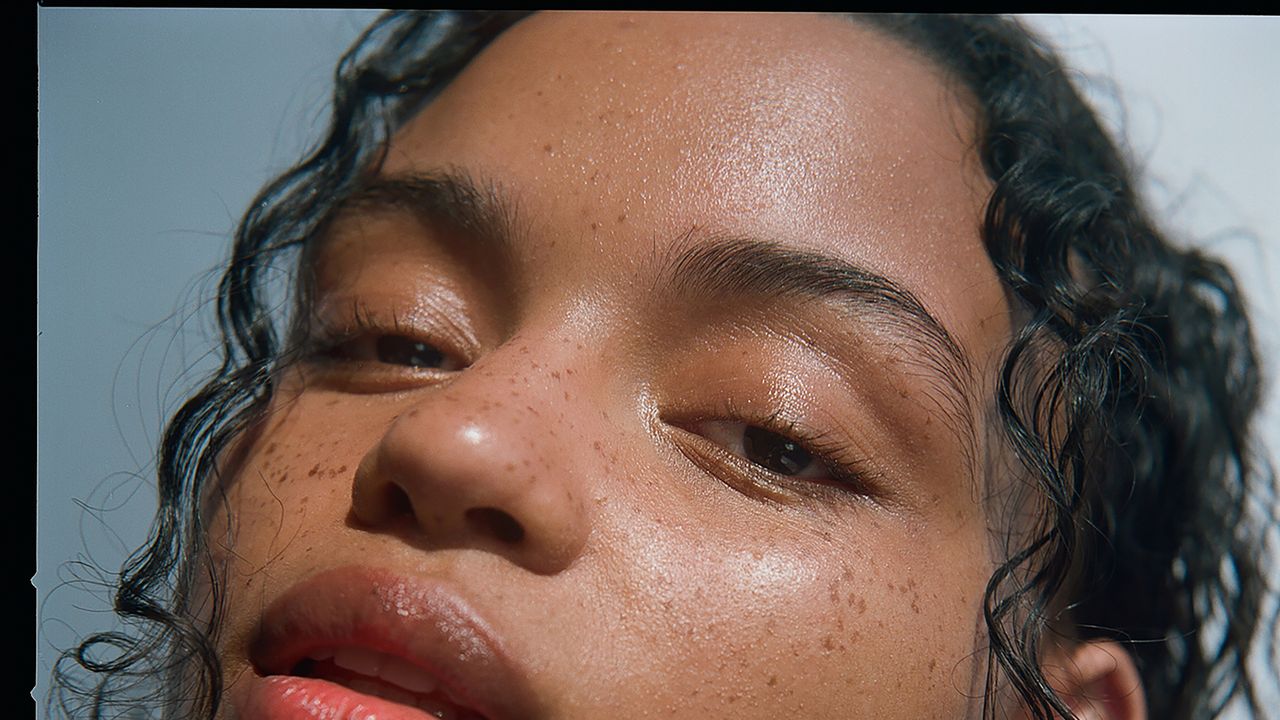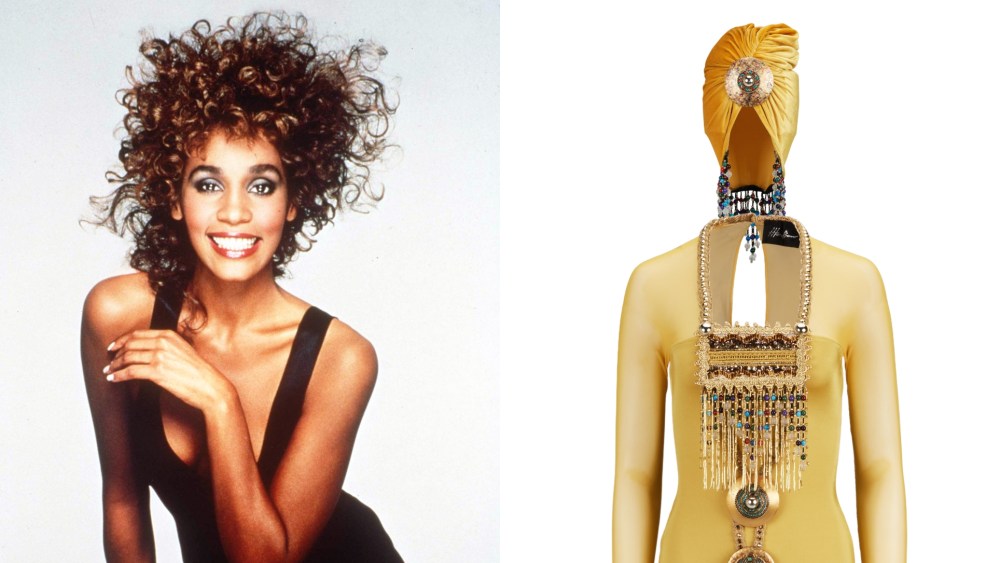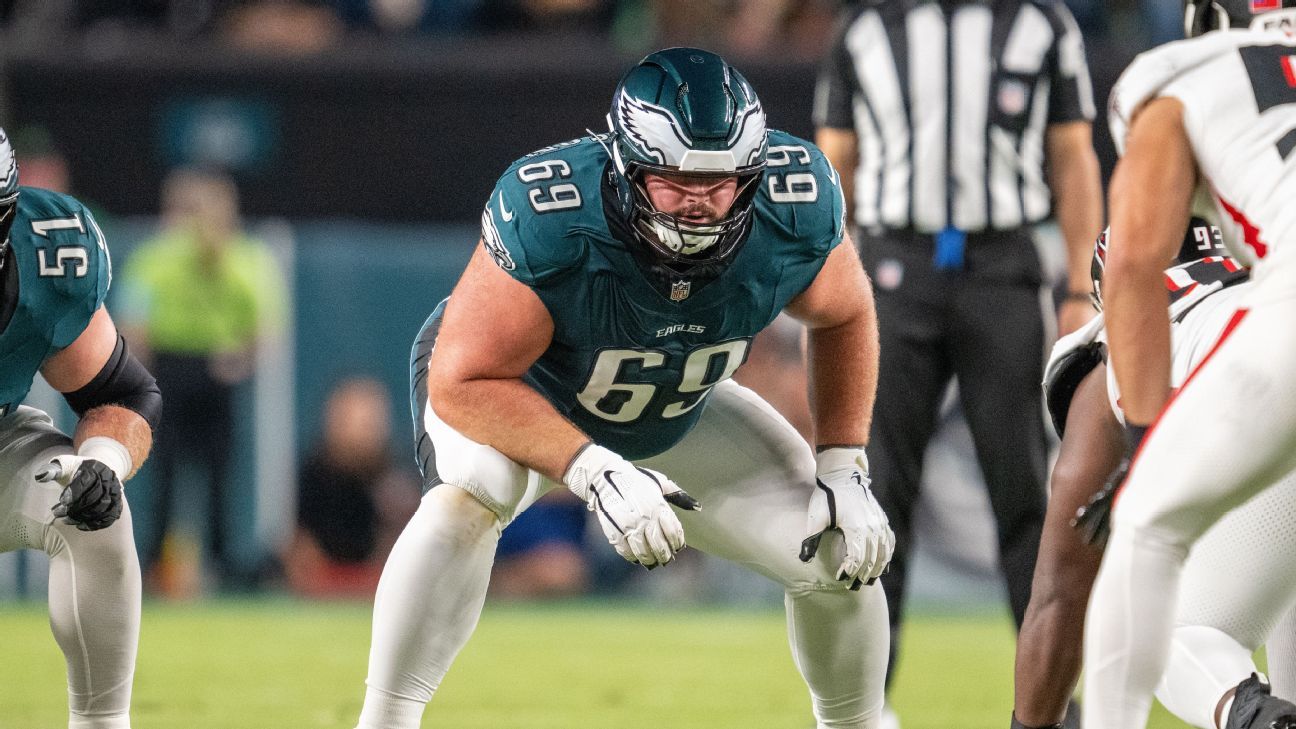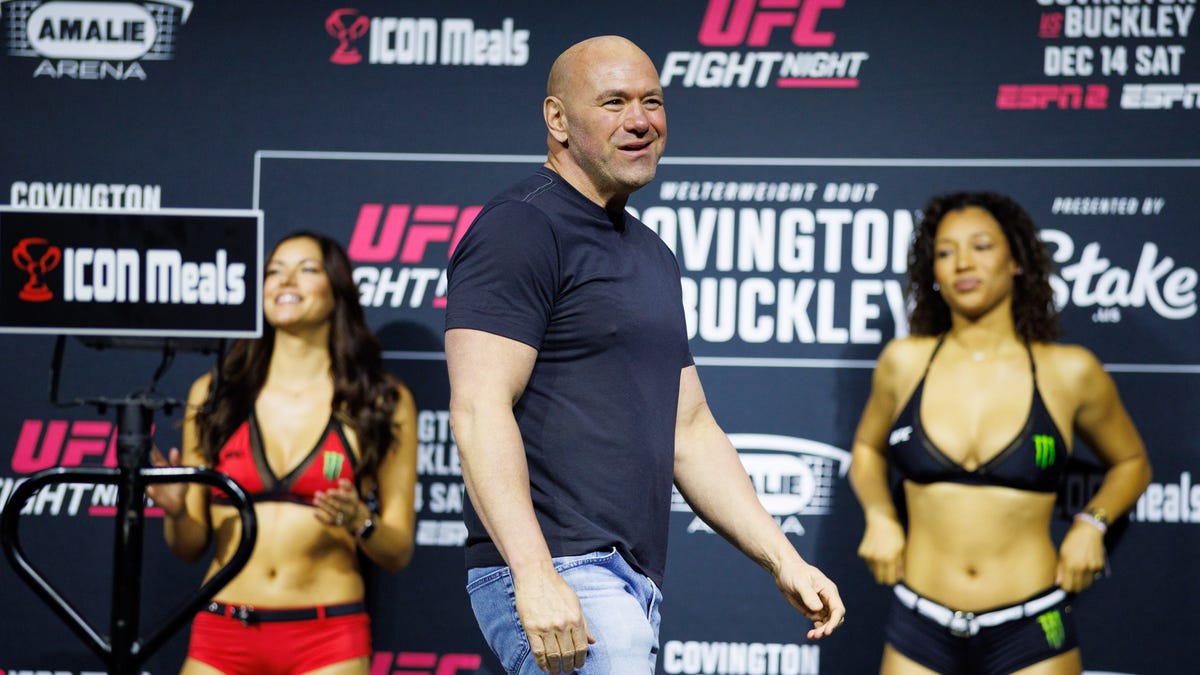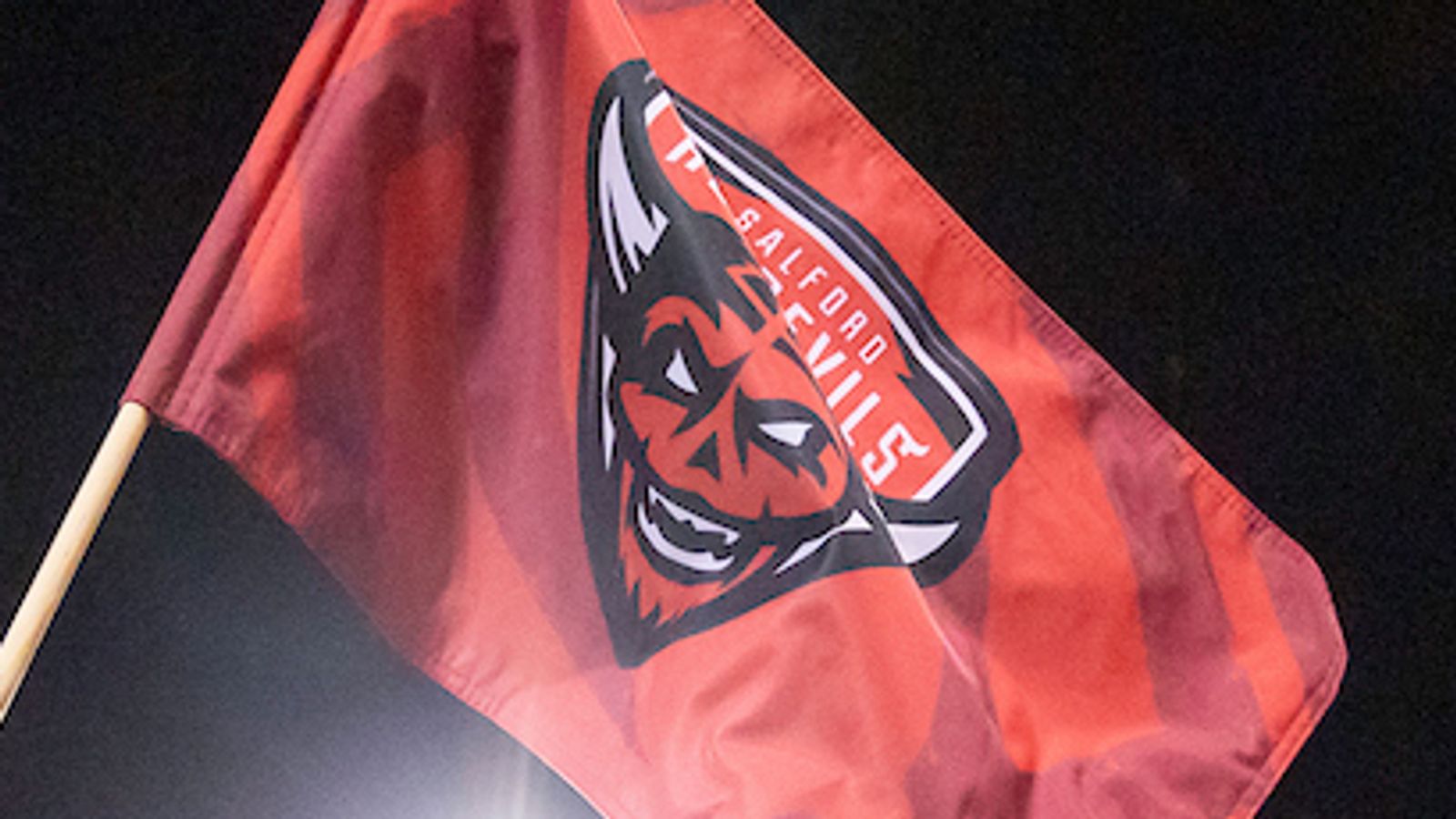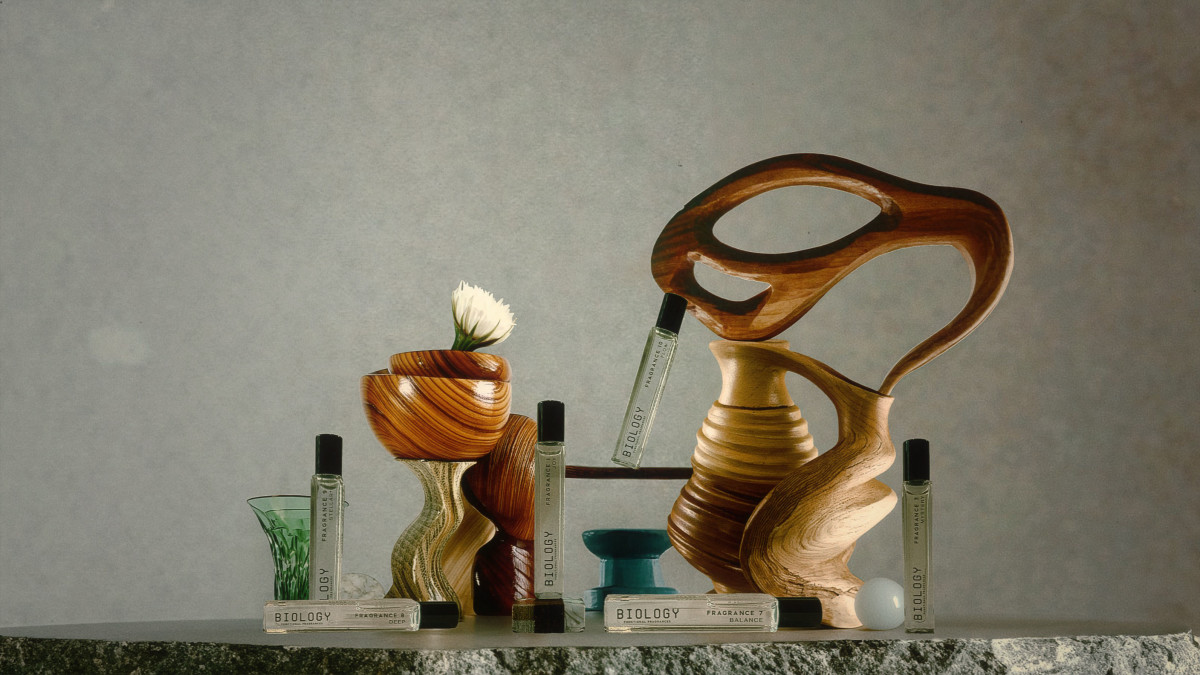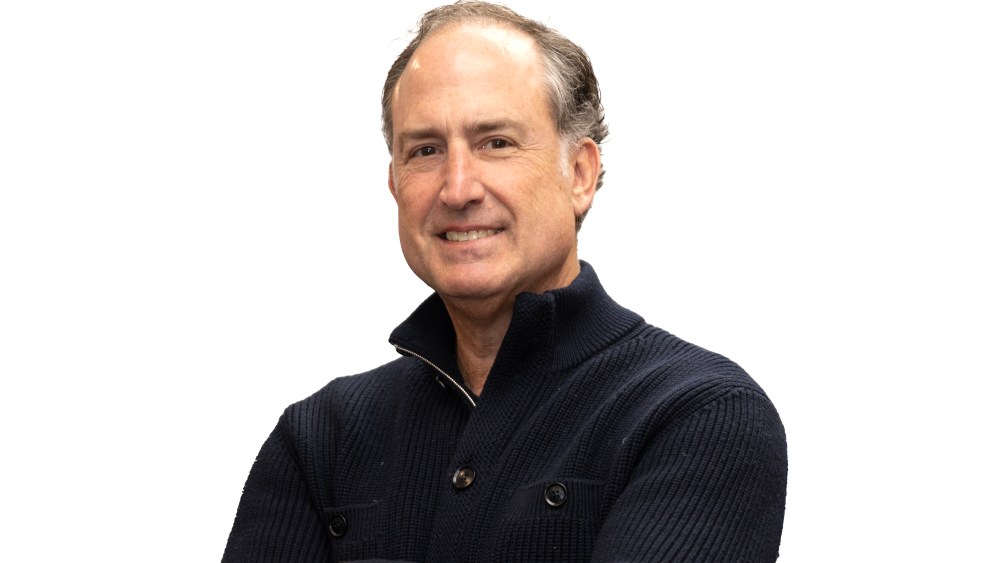
“Right now there is a overabundance of excess inventory — every place — like I’ve never seen in my career.”
So says Tom Ott, former Saks Fifth Avenue senior merchant turned off-price consultant who links brands with TJMaxx, Ross, and even Loehmann’s, which is about to resurface. He sees excess inventory at a level that’s 35 percent higher than two years ago — enough to fuel business at off-pricers and outlets.
Ott rose from a men’s buyer to senior vice president of men’s, home and concessions at Saks, where he spent most of his career, before becoming chief merchant at Saks Off 5th, and subsequently tackling other industry roles, including four-and-a-half years at the Icon Luxury Group, a SoHo, N.Y.-based distributor of ready-to-wear, accessories, shoes and luggage. Icon deals with hundreds of millions of dollars worth of merchandise, two-thirds of which lands at off-pricers; one third at regular-priced stores. Icon works with about 60 brands including Balmain, Armani, The Row, Boss and others. Ott continues as a consultant for Icon where he’s listed as a managing director.
In the following Q&A, Ott discusses what ails the luxury sector, the brands and retailers still doing it right, and the Loehmann’s strategy.
WWD: Why are most luxury labels faltering?
Tom Ott: They became enamored with chasing trend rather than style. So many of the houses lost their way chasing updated, contemporary looks and not what their brand was all about. They forgot their heritage. Large public European conglomerates, LVMH, Kering, Richemont, have been pushed towards [getting] immediate results in sales. Secondly, price points continued to increase. People without a lot of money, where luxury purchases were aspirational, could no longer afford it. A $4,000 handbag eight years ago was maybe $1,495. Then you have the demise of department stores, which is crucial. It’s part of the ecosystem for fashion. You need multibrand retailers to offer that notion of discovery and new customer acquisition.
WWD: Do you think luxury will recover?
T.O.: I’m convinced it’s going to happen. There’ll be new designers, new ideas for younger people. I have four daughters in their 20s. They’re not interested in mom and dad’s brands. They’re too expensive. The fashion is of no interest. This whole notion of discovery is really important. It’s about creating a want and reigniting excitement. It’s going to happen. It’s going to be like the ’90s, when [the movie] “American Gigolo” had every guy between 20 and 90 wanting to wear Armani. The big conglomerates and the fashion industry as a whole all got caught up in strange times through COVID[-19]. The only part of the business working was “bling bling” fashion, and everybody wanted to be part of it. In normal times, it’s about quality, value, style.
WWD: Name some brands and retailers currently resonating?
T.O.: Ralph Lauren is focused on great product. They just did a whole capsule on Nantucket I thought was amazing. They’ve made it their business to stay consistent with their storytelling. Coach has continued to ignite a new, younger-thinking customer [with] quality fashion and style. Their bags are attainable to people in their 20s and a bulk of the population where $400 or $500 for a bag is still a lot of money, but they feel good about the purchase with Coach because it’s terrific leather with great stitching and quality craftsmanship. Also, look at the continued success of Prada and Miu Miu. They’ve doubled down on staying true to who they are, with innovation, excitement and pure design.
Bloomingdale’s is elevating their game. Bloomingdale’s 59th Street is the template. They’re working with vendors and resources at the next level up, and they’ve done a great job on the edit. Bloomingdale’s has always been known for being more updated, contemporary, and they’ve hired great sales people. Nordstrom is getting back to the future. They cater to an American audience that has a bit of money and wants to be dressed well with style, quality and value. Shoppers trust the Nordstrom edit. They’re also doubling down on people in the stores and investing in the stores.
WWD: What’s your read on the situation at Saks Fifth Avenue?
T.O. It’s about product, promotion and people. If those elements are recreated, rather than being sidetracked by all the conversations about money, the customer will come in. It doesn’t have to take years and years. It could be 18 months. I was at Saks for 24 years. It’s a lot about rallying around initiatives and getting the people in the stores and the merchants focused and delivering something that’s differentiated and special. The brands would rally around that and help drive sales. Leadership is so preoccupied on just trying to stay alive. They need to poke their heads out from under the sand and look at driving business.
WWD: Haven’t stores like Saks boosted e-commerce at the expense of taking care of their stores?
T.O.: Gen Z is really interested in brick-and-mortar shopping in particular. You don’t have the luxury as a retailer to think just about e-com. You also need to be proficient at the stores. Many have forgotten about the art of brick-and-mortar.
WWD: As a consultant in off-price, you are involved in launching Loehmann’s at the Tanger outlet center in Deer Park, on Long Island. What’s that all about?
T.O.: We’re concentrating on bringing back the thrill of shopping, and we’ll be opening up some more Loehmann’s locations, all pop-ups as well. The operating partner is Style Democracy, a Canadian entity that does large sales in Toronto, and started business in the States. They’re pros at operations. They handle everything from the setup on the site, to the people. You’ll see a carefully curated vendor selection of apparel, accessories, bags and shoes, even luggage. It’ll be men’s and women’s, top brands people know, and great brands to be discovered, from opening designer price points to the top end.
WWD: How big is the space and what was there previously?
T.O.: It’s an 8,000-square-foot space previously occupied by Skechers.
WWD: Why is Century 21 reviving Loehmann’s, rather than putting all their energy into Century 21?
T.O.: They are concentrating on Century 21. They’re just supplying the IP. They’re not involved in [running] the Loehmann’s pop-up. They’ve never developed anything with Loehmann’s. The whole notion is to get in, create excitement, and get out. Loehmann’s had a cult-like following in the off-price world. I think it was brilliant Century 21 bought the name because in a lot of ways, the Loehmann’s nameplate was more well-known than Century 21 in different marketplaces. Loehmann’s was big time in Florida and California, particularly in Southern California. [Loehmann’s eventually over-expanded, liquidated in 2014 and Century 21 bought the IP in 2020].
WWD: Where are most goods coming from to supply Loehmann’s and other off-pricers?
T.O.: The bulk of the goods come from the luxury retail luxury houses themselves, but some goods are obtained from retailers with excess merchandise, but not so much from the big department stores Stateside because Nordstrom has Nordstrom Rack, Saks has Off 5th, and Bloomingdale’s has outlets. Specialty stores can be a good [source] to gather goods, and in Europe and globally, department stores can also be good for buying the excess. The challenge is there’s a delta between what the brands want to sell those goods for, and what off-price retailers want to pay. The reason for that delta is tariffs and duties and the devaluation of the U.S. dollar to the euro. Because of tariffs many off-price goods may end up staying in Europe or Asia or go to new markets.
WWD: How does Icon work with brands?
T.O.: We treat the off-price retailers like regular accounts. So we’ll do pre-ticketing for them. We’ll do the allocation for them, and that allows the brands to focus on their full-price activities. Many retailers are challenged with payments. Icon will pay for the goods and in this day and age where many retailers are challenged with payments, we de-risk that for the brands. One-third of Icon’s business are brands that we distribute specifically for full-price activities, or we actually do the production for and license those goods. Icon deals with luxury, contemporary and premium brands, 80 percent of the business is in luxury.
WWD: How did you remember conducting sales at Saks?
T.O.: When sale time came around, I celebrated it. We had what we called “choo choos,” the rolling racks around the sixth floor. The idea was everybody wants a deal. So at Saks, sale time was imperative because it was about new customer acquisition and getting garments on somebody’s back. So if you get an introduction to a brand on sale, even if it’s a tie — in the old days when people wore ties — or a sweater, and they loved the brand, there was an opportunity to convert them to [shopping] a full-price business. To me, sale becomes equally as exciting as full price, and can be helpful in brand building.

Tanger Outlets in Deer Park, N.Y. where a Loehmann’s pop-up will open Aug. 21.
Courtesy image
#Luxurys #Angst #Spells #Opportunity #Offprice

